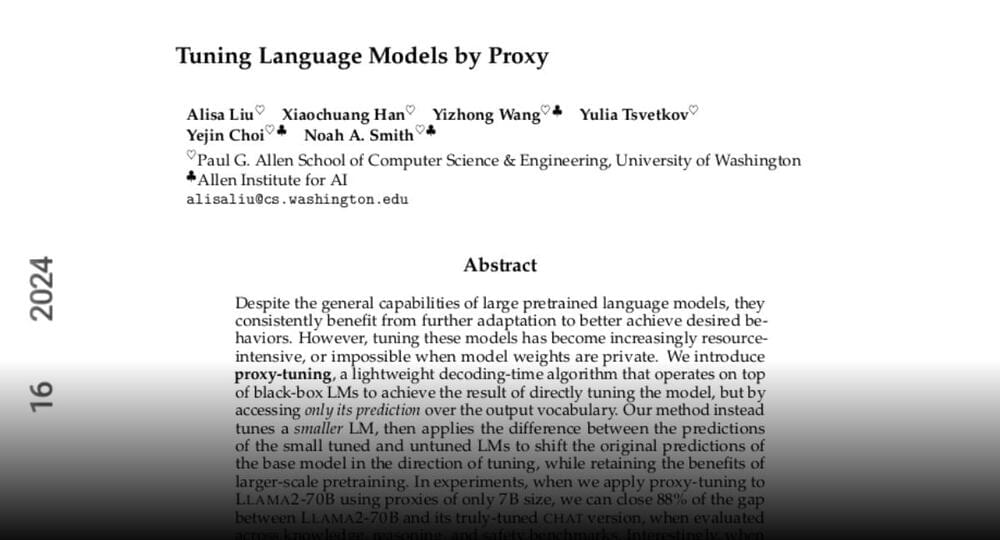Researchers found a way to make your gadgets remember things better.
Scientists just made your gadgets smarter with a special coating that makes electronic memories last longer and works more efficiently.





Behind the Veil of Ignorance, no one knows who they are. They lack clues as to their class, their privileges, or their disadvantages. They exist as an impartial group, tasked with designing a new society with its own conception of justice.
And — here’s the kicker — what if you had to make those decisions without knowing who you would be in this new society?
“But the nature of man is sufficiently revealed for him to know something of himself and sufficiently veiled to leave much impenetrable darkness, a darkness in which he ever gropes, forever in vain, trying to understand himself.”
Philosopher John Rawls asked just that in a thought experiment known as “the Veil of Ignorance” in his 1971 book, Theory of Justice.




Does the Moon’s crust have more water than previously thought? This is what a recent study published in Nature Astronomy hopes to figure out as a team of international researchers investigated how the mineral apatite found within a Moon meteorite provides greater insight into how the Moon’s early crust from billions of years ago could have possessed higher amounts of water than scientists have previously hypothesized. This study holds the potential to not only help scientists better understand lunar history but also provide a gateway to unlocking lunar water for future astronaut missions, as well.
“The discovery of apatite in the Moon’s early crust for the first time is incredibly exciting – as we can finally start to piece together this unknown stage of lunar history,” said Dr. Tara Hayden, who is a postdoctoral associate at Western University and lead author of the study. “We find the Moon’s early crust was richer in water than we expected, and its volatile stable isotopes reveal an even more complex history than we knew before.”

The organization of electrolytes at the air/water interface affects the structure of interfacial water and therefore numerous natural processes. It has now been demonstrated that the surface of an electrolyte solution is stratified and consists of an ion-depleted outer surface and an ion-enriched subsurface layer, jointly determining the water interfacial structure.